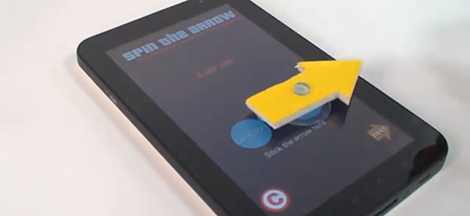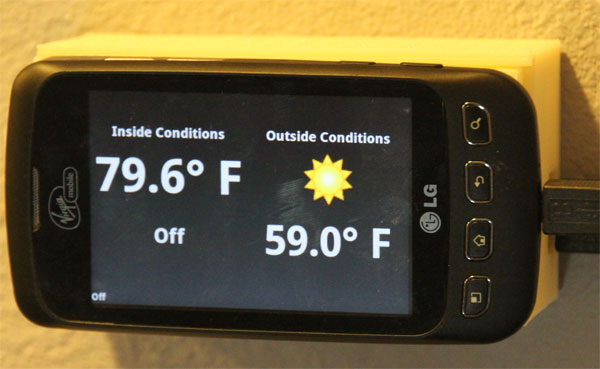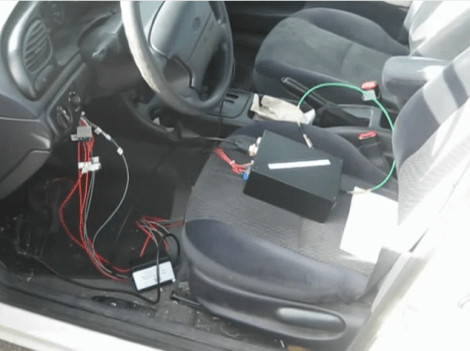

This furry Halloween decoration proves to be a simple build, but it’s still quite popular with the little ones. [Chris] had a Halloween party for a group of 2-5 year olds and this monster that peeks out of a box was a huge hit. The trick really isn’t in the complexity of the build, but in the interactivity.
The enclosure is just a shoe box which has been covered in synthetic black fur. The lid was hinged on the back, and a hobby servo with a bit of an extension on the arm is used to lift the front which reveals the monster’s paper eyes. Inside you’ll find an Arduino, breadboard, and battery pack. It’s not visible above, but a distance sensor on the front of the box is monitored by the Arduino. When it detects something in front of it the servo fires up and pops open the lid. The firmware includes a timer so that the monster waits a bit before taking its next peek at the party.














